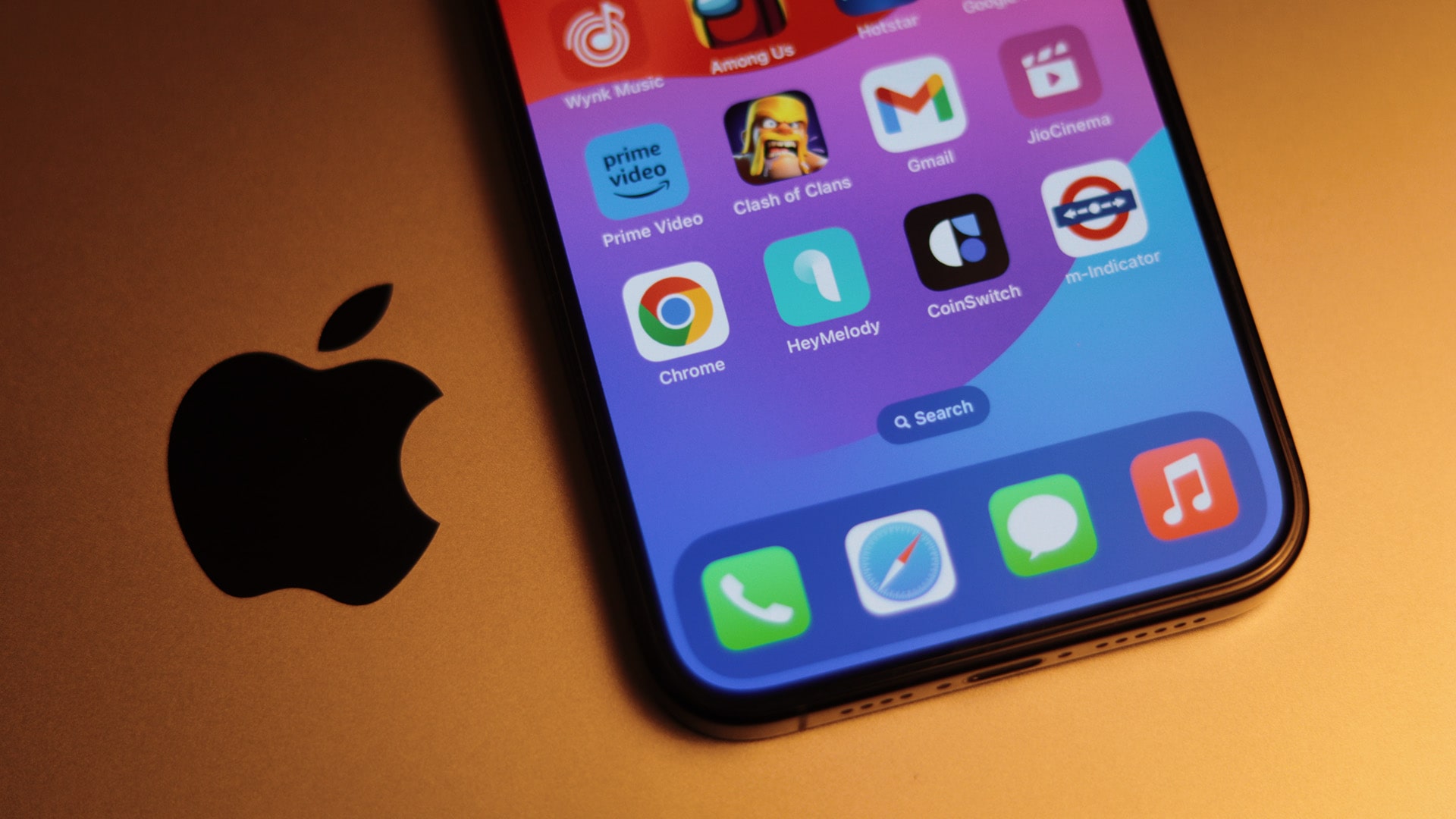The rise of those Ghibli-style AI images has been all over my feed lately, and honestly, they’re kind of magical. It’s wild to think they’re made by AI. That mix of dreamy, hand-drawn vibes with technology really got me thinking: how does this stuff even work? If you’ve ever wondered the same, maybe now’s a good time to start digging into AI development.

What Are AI and Machine Learning?
Artificial Intelligence (AI) is all about building systems that can make decisions, solve problems, or recognize patterns like a human would. One major part of AI is Machine Learning (ML), where computers learn from data instead of being told exactly what to do. It might sound intimidating at first, but it becomes easier to grasp once you break it down step by step.
Where to Begin Your AI Journey
Start with Python, one of the easiest and most widely used programming languages in AI. It’s simple to read and has powerful libraries that make working with data much easier. If you are already a developer or have experience in coding, then it will be much easier to grasp.
From there, focus on learning basic math concepts like linear algebra, statistics, and probability, as they form the foundation of most AI models. You don’t have to be a math expert to begin; just understanding the basics is enough to get going.

Facebook
Twitter
LinkedIn
Tools and Libraries to Explore
Once you’re comfortable with Python, try exploring tools like NumPy and Pandas to manipulate data. After that, you can move on to beginner-friendly machine learning libraries such as Scikit-learn, and later dive into more advanced frameworks like TensorFlow and PyTorch when you’re ready.
It helps to learn by doing, so start small—play around with datasets and try building basic models.
Learning Resources That Actually Help
There are plenty of great resources out there. YouTube channels like Codebasics, freeCodeCamp, and StatQuest explain even complex AI topics in a simple and friendly way. If you prefer structured learning, Andrew Ng’s “AI for Everyone” on Coursera is a great non-technical introduction that gives you the big picture of AI.
Reading short blogs or guides that break down one concept at a time also helps reinforce what you learn.
Skyrocket your customer base with our digital marketing specialists
Get a free consultation
limited time
Practice Through Mini Projects
Try building mini projects like a spam message classifier, a basic chatbot, or a recommendation engine. These are fun, not too complicated, and give you a real feel for how AI works in action. Platforms like Kaggle offer free datasets and community notebooks you can learn from.
The key is to start small, stay consistent, and slowly challenge yourself with new ideas.
Final Thoughts
Exploring AI doesn’t have to be overwhelming. With so many free tools, tutorials, and communities out there, anyone with interest can begin. You don’t need to be an expert to start—you just need curiosity and a willingness to learn.
So if you’ve been inspired by something like the Ghibli AI trend or just want to understand how AI is shaping the world, now is a great time to begin your journey.
“Don’t miss out on our latest computer science, technology, lifestyle, business and design updates! Keep our notifications on to stay up-to-date.”
Want to get weekly knowledge ?
Get notified whenever we post new stuffs.



